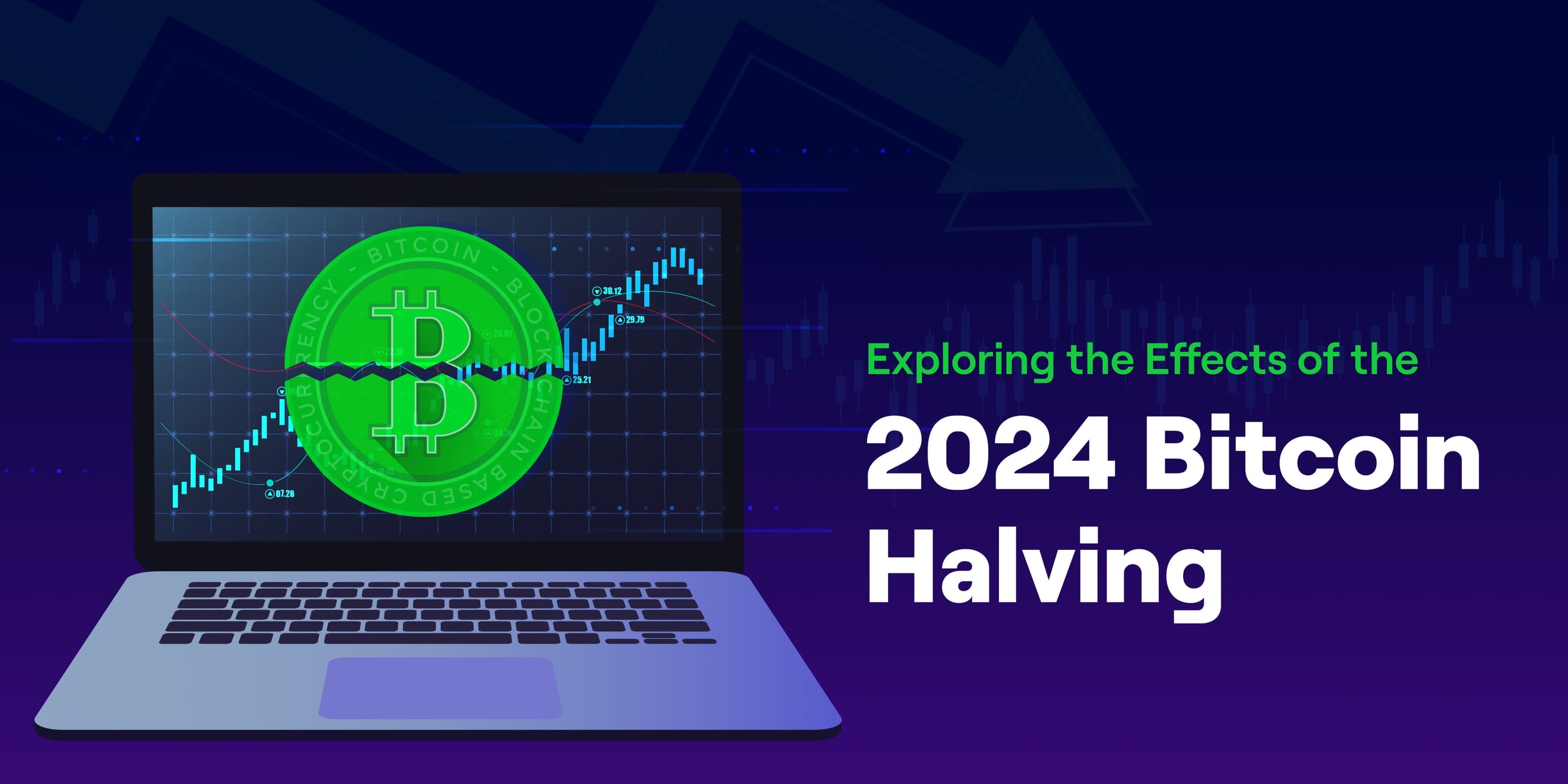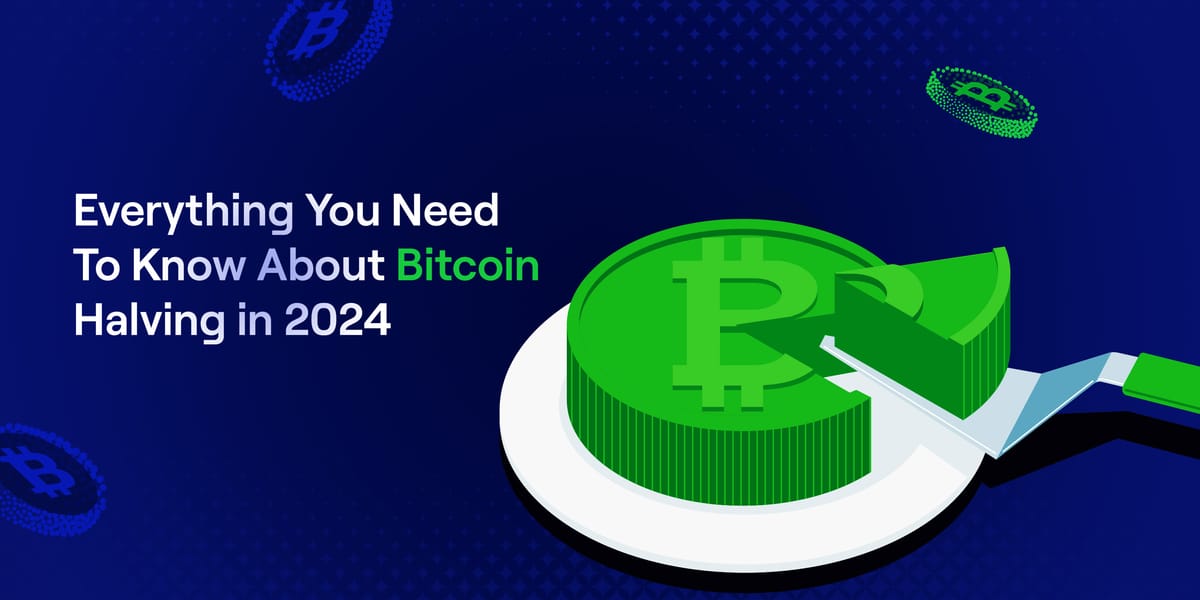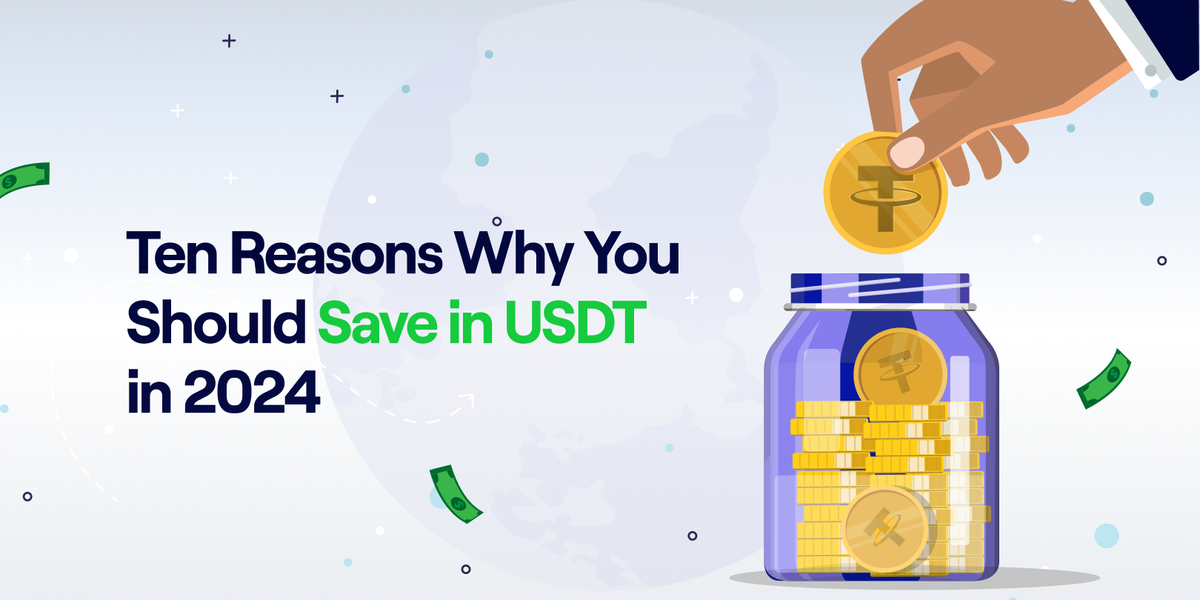
Understanding the Impact of the 2024 Bitcoin Halving
Hello Tribe! The much-anticipated Bitcoin halving has finally occurred, leaving us with important questions. What will this event's effects be over four years before the next halving? What actually happens when Bitcoin halves? What was the aftermath of the halving?
Keep reading the blog to discover the answers to these questions and more.
What is Bitcoin Halving?
Let's start with the basics. Bitcoin halving occurs about every four years. During this time, the reward that Bitcoin miners receive for verifying transactions on the network is cut in half. It's like a big reset button for the Bitcoin system.
Who Are Bitcoin Miners?
Miners are like the guardians of the Bitcoin network, ensuring transactions are legit and adding them to the blockchain. They maintain the system's security by solving tricky math problems called mining. When a problem is solved, miners add transactions to the blockchain and earn new Bitcoins as a reward, motivating them to keep the system running smoothly.
Bitcoin Halving: Impact on Miners
Bitcoin just went through its latest halving event; miners will now earn 3.125 bitcoins per block. Let's take a look at how the mining rewards have changed over the years:
The Bitcoin halving is a significant event where the mining reward is split in half. It occurs approximately every four years, marking a milestone in the cryptocurrency's journey. This reduction in mining rewards is a standard set by the blockchain creators to continuously decrease the rate at which new Bitcoins are introduced into circulation.
The first Bitcoin reward was a whopping 50 bitcoins, but this reward has been halved with each halving event. Previous halving dates include:
- November 28, 2012, when the reward became 25 bitcoins,
- July 9, 2016, when it decreased to 12.5 bitcoins,
- and May 11, 2020, when it dropped to 6.25 bitcoins.
With the most recent halving on April 19, 2024, miners will earn 3.125 bitcoins per block. As of March 2024, about 19.65 million bitcoins were already in circulation, leaving just around 1.35 million to be released via mining rewards. This limited supply is one of the factors contributing to Bitcoin's scarcity and potential to become a valuable digital asset.
The halving events impact miners' earnings and have broader implications for the Bitcoin ecosystem. Let's explore these effects.
Related Post: Discover the Top 7 Memecoins to Buy in 2024
Bitcoin Halving Effects
- Inflation: With fewer new Bitcoins being created after each halving, it can slow down the rate at which new Bitcoins enter circulation. This might help keep inflation in check.
- Demand: Halving events often create a buzz in the crypto world. People get excited about the limited supply of new Bitcoins, which can drive up demand and potentially increase the value of existing Bitcoins.
- Investing: Some people see Bitcoin halving as a good time to invest. They believe their value could increase over time as the supply of new Bitcoins shrinks.
- Mining: Miners prioritise profitability, earning rewards for mining new Bitcoins. Despite Bitcoin's price fluctuations, mining has been lucrative, sustaining large operations. However, halving reduces profitability, especially if prices stagnate or decline. Large-scale facilities demand significant investments in money, energy, maintenance, and upgrades to stay competitive.

What Happens When Bitcoin Halves?
Imagine if your allowance suddenly got cut in half. That's what happens to Bitcoin miners during a halving event. They still do the same amount of work, but they earn fewer Bitcoins for it. It's like a challenge for them to find more efficient ways to mine Bitcoins and stay profitable.
Related Post: Bitcoin's Leap Day Price Revealed
Bitcoin Halving in Action
When a halving occurs, it's not just about the reward getting cut in half. It's also about the excitement and frenzy it creates in the crypto community. People rush to get their transactions included in the first post-halving block, like saying, 'I was there' at a historic event. The recent halving saw a record-breaking $2.4M generated in fees from the first block!
Why Are the Halvings Occurring Less Than Every 4 Years?
The Bitcoin protocol was designed to halve the mining rewards roughly every four years. But sometimes, the halving events can happen sooner or later than expected due to factors like changes in the network's computing power. It's like Mother Nature deciding when to throw a surprise party!
Related Post: What Causes Cryptocurrency Prices to Rise and Fall
The Surprising Aftermath
After the 2024 halving, Bitcoin fees skyrocketed, with miners earning a whopping $78M in transaction fees.
Transaction fees collected by #Bitcoin miners yesterday tripled the previous all-time high, coming in at over $78,000,000.
— Jameson Lopp (@lopp) April 21, 2024
We also made a new record streak of 104 blocks in which fees exceeded newly created BTC! pic.twitter.com/WZkCQ8dbr3
Jameson Lopp, a Bitcoin advocate, shared that #Bitcoin miners collected transaction fees worth over $78 million yesterday, tripling the previous all-time high. This fee surge resulted in a new record streak of 104 blocks in which fees exceeded newly created BTC!
Related Post: Why Ethereum Offers Strong Potential for Crypto Traders in 2024
Unusual Transactions
Amid this fee frenzy, there were some eye-opening transactions.
Someone paid $700,000 to have their $0.97 transaction included in block 840,000
— Rajat Soni, CFA (@rajatsonifnance) April 20, 2024
This is wild 🤯🤯 pic.twitter.com/F1XOh5i2CT
According to Rajat Soni, CFA on X (formerly Twitter), someone paid $700,000 to include their $0.97 transaction in block 840,000. This highlights the extreme lengths some are willing to go to ensure their transactions are prioritised during periods of high network activity.
With these incredible figures and unusual transactions, the 2024 Bitcoin halving has been a remarkable event in cryptocurrency.
Read Next:


